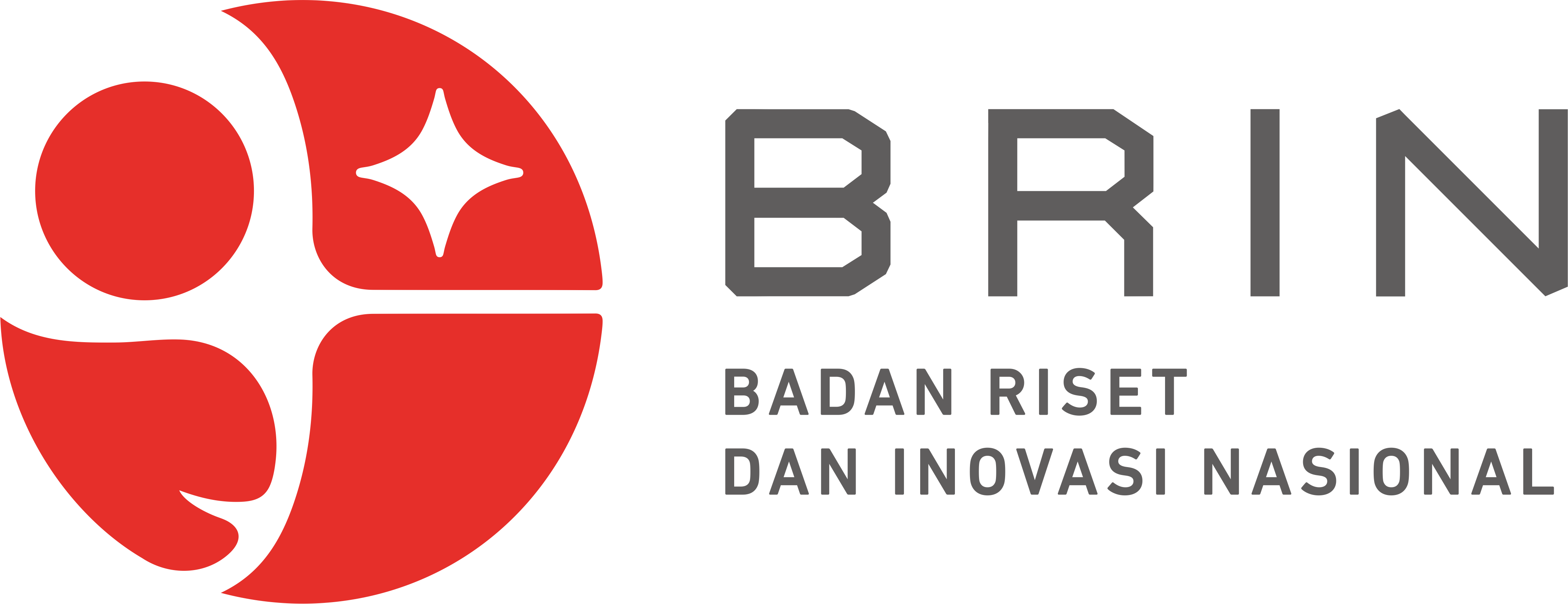PENERAPAN MODEL PEMBELAJARAN TWO STAY TWO STRAY UNTUK MENINGKATKAN HASIL BELAJAR SISWA KELAS IV SD NEGERI 1001 BATANG BULU
Keywords:
Learning model, Two Stay Two Stray dan learning outcomesAbstract
This study aims to determine whether student learning outcomesThe type of research used is class action research (PTK) consisting of 2 cycles, each cycle consisting of planning, implementation, observation, and reflection. The subjects of this research were fourth grade students of SD Negeri 1001 Batang Bulu, South Barumun District with a total of 25 people. Data collection techniques used observation and questionnaires and documentation. Data analysis techniques used were descriptive qualitative and quantitative. After the data is obtained and analyzed, it can be seen that the science learning outcomes of students IV of SD Negeri 1001 Batang Bulu, South Barumun District, before and after the action are as follows: (1) Student learning outcomes in the pre-cycle did not have anyone who obtained a very good category, while for the good category there were 5 students with a percentage of 20.00%, the sufficient category had 3 students with a percentage of 12.00%, the deficient category had 16 students with a percentage of 64.00% and students who had a very deficient category had 1 student with a percentage of 4.00%, (2) Cycle I student learning outcomes with a percentage value of 44% with a very good category there were 5 students with a percentage of 16.00%, a good category there were 8 students with a percentage of 32.00%, a sufficient category there were 12 students with a percentage of 48.00%, a deficient category there were 1 student with a percentage of 4.00% and there were no students who scored in the very deficient category. (3) Student learning outcomes in cycle II with a percentage value of 88% with a very good category of 8 students with a percentage of 32.00%, a good category there were 14 students with a percentage of 56.00%, a sufficient category there were 3 students with a percentage of 12.00%, and there were no students who scored in the less category and very less category.
References
Arikunto. (2012). Penelitian Tindakan Kelas. Jakarta: PT. Bumi Aksara.
Dajan, Anto. (1986). Pengantar Metode Statistik II. Jakarta: Penerbit LP3ES.
Dimyati, Mudjiono. (2006). Belajar dan Pembelajaran. Jakarta: Rineka Cipta.
Hardika, Deka. 2018. Upaya Meningkatkan Hasil Belajar Siswa Melalui Strategi Two Stay Two Stray (TSTS) Pada Mata Pelajaran IPS Materi Koperasi Pada Siswa Kelas IV Di MIN Glugur Darat II Kec. Medan Timur T.P 2017/2018. Medan: Universitas Islam Negeri Sumatera Utara Medan.
Harta, Meyli. (2017). Pengaruh Penerapan Model Two Stay Two Stray Terhadap Hasil Belajar Siswa Kelas V Pada Mata Pelajaran Pendidikan Kewarganegaraan di Madrasah Ibtidaiyah II Palembang. Palembang: Universitas Islam Negeri Raden Fatah Palembang.
Huda, Miftahul. 2013. Model-model Pengajaran dan Pembelajaran. Yogyakarta: Pustaka Belajar.
Kumalasari, Ranty. 2016. Upaya Meningkatkan Prestasi Belajar Matematika Siswa Kelas IV SD Negeri Klegen Dengan Menggunanakan Model Pembelajaran Kooperatif Tipe Two Stay Two Stray (TSTS). Yogyakarta: Universitas Negeri Yogyakarta.
Purwanto. (2018). Evaluasi Hasil Belajar. Yogyakarta: Pustaka Pelajar.
Shoimin. (2013). 68 Model Pembelajaran Inovatif dalam Kurikulum 2013. Yogyakarta: AR-Ruzz Media.
Sudjana, Nana. (2016). Penilaian Hasil Proses Belajar Mengajar. Bandung: PT Remaja Rosdakarya.
Suprijono, Agus. (2009). Cooperatif Learning. Surabaya: Pustaka Belajar.
Surya. (2011). Panduan Penelitian Tindakan Kelas. Yogyakarta: DIVA Press.
Trianto. (2011). Model-model Pembelajaran Inovatif Berorientasi Kontruktivistik. Jakarta: Prestasi Pustaka.
Sanjaya, Wina. (2009). Penelitian Tindakan Kelas. Jakarta: Kencana.
Purwanto. (2018). Evaluasi Hasil Belajar. Yogyakarta: Pustaka Pelajar.









